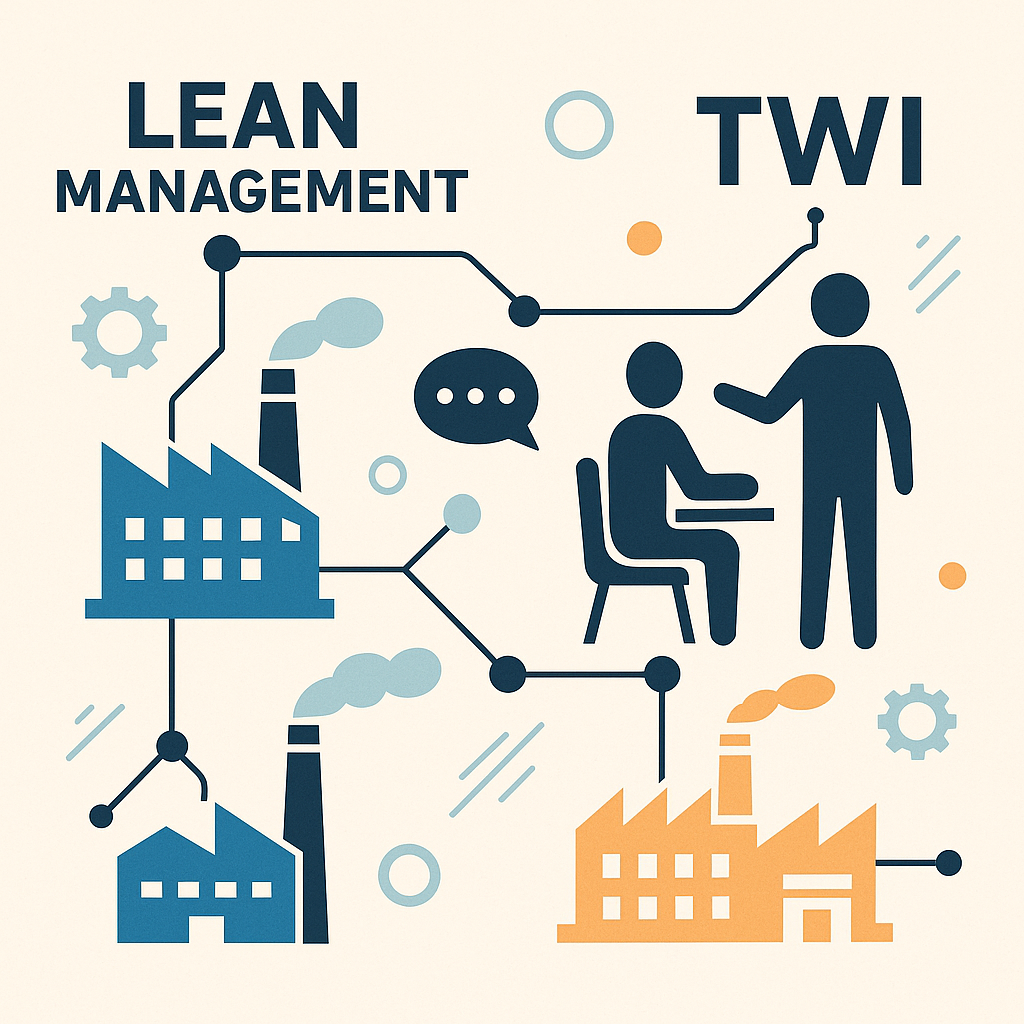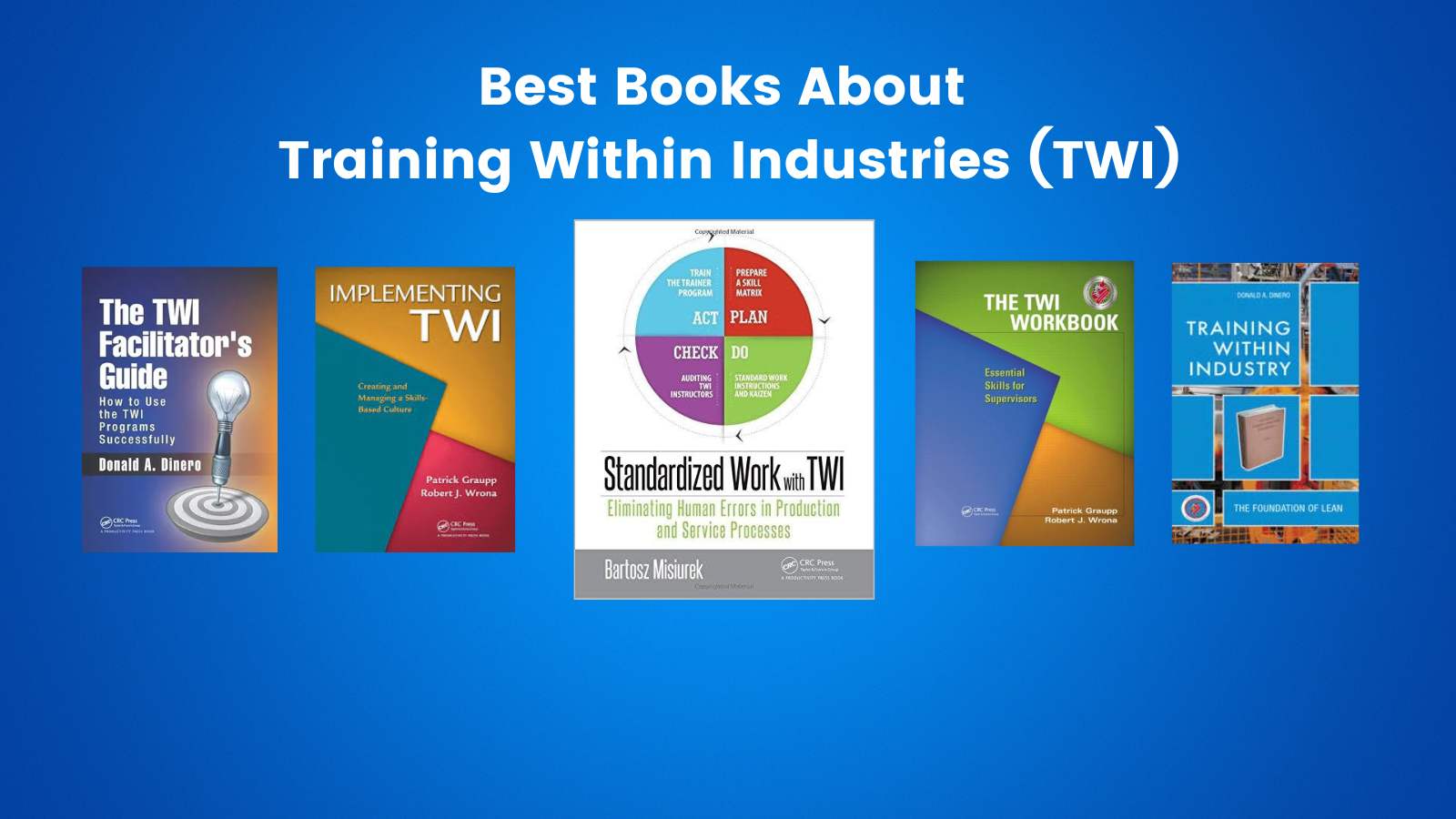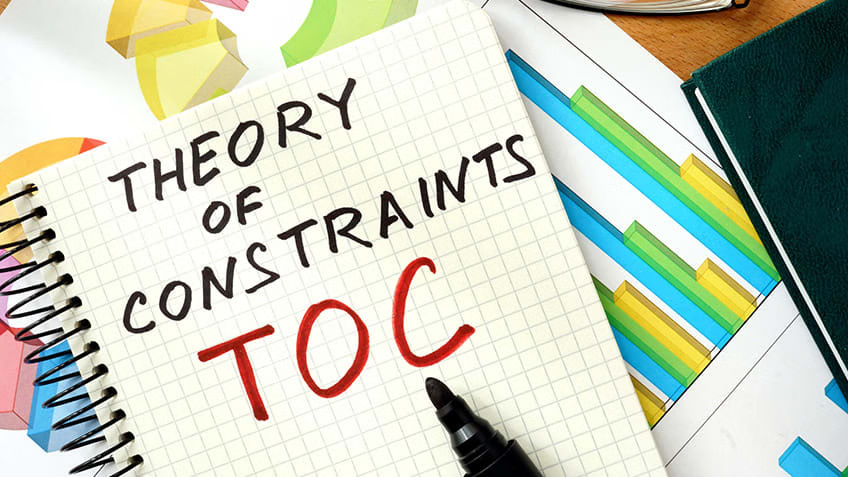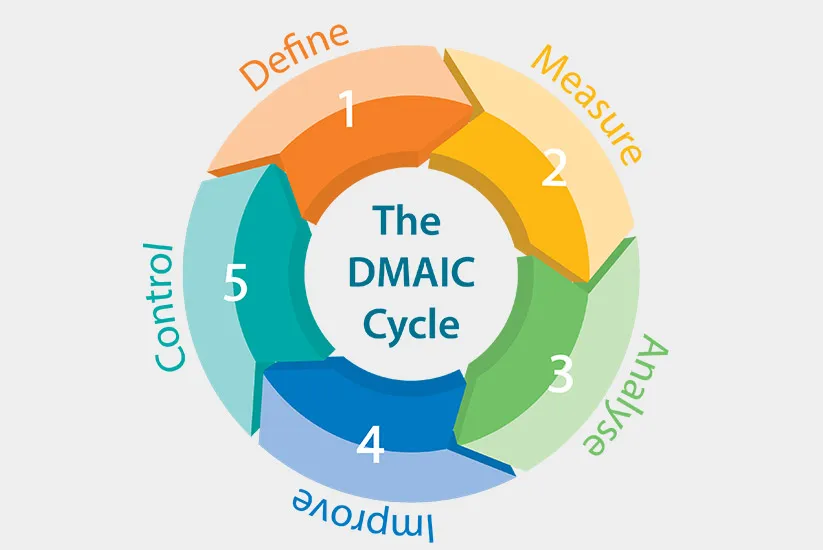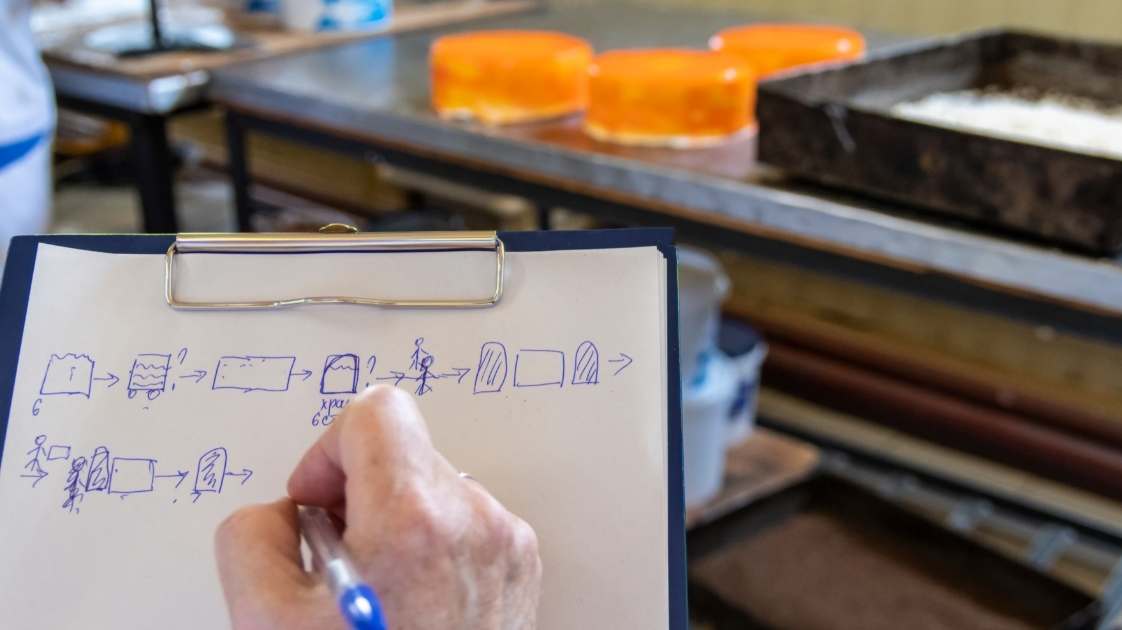Table of Contents
ToggleIntroduction: Connecting Lean and TWI
Lean thinking and Training Within Industry (TWI) are two of the most influential continuous improvement methodologies of the past century. Lean, rooted in the Toyota Production System, focuses on eliminating waste and improving flow to deliver value to customers, while TWI, born during World War II, provides structured approaches for training frontline workers and leaders. Together, Lean and TWI create a powerful framework for building stable processes, engaging employees in problem solving, and sustaining performance improvements. This article explores the origins of Lean and TWI, explains how their principles align, and provides practical guidance for integrating them in modern organizations.
During the wartime mobilization of the 1940s, American factories needed to train tens of thousands of unskilled workers quickly and reliably. The Training Within Industry program was developed to standardize on-the-job training and equip supervisors with simple, repeatable methods. The three core modules—Job Instruction (JI), Job Methods (JM), and Job Relations (JR)—taught supervisors how to train workers, improve work methods, and cultivate positive employee relations. The program was so effective that Japanese companies adopted it after the war and integrated it into their own systems. Meanwhile, Lean principles emerged from the Toyota Production System, championing respect for people, continuous improvement (kaizen), and a relentless pursuit of waste elimination. Today, organizations that pair Lean’s systematic problem solving with TWI’s focused training methods often achieve faster results and deeper cultural transformation.
Historical Context and Evolution of TWI
Origins in World War II
TWI began as a response to wartime production challenges. The U.S. War Production Board realized that efficient industrial training was essential to meet the extraordinary demands for weapons, vehicles, and equipment. Experienced workers were leaving for military service, and new employees—many of whom were women entering factories for the first time—needed to be trained quickly. The TWI Service, as it was called, designed simple but rigorous training programs that could be deployed across diverse industries. Each module followed a standardized process: 1) prepare the worker, 2) present the operation, 3) try out the performance, and 4) follow up. This four-step method ensured that trainees learned tasks correctly, without shortcuts, and that supervisors verified understanding.
After the war, many American companies discontinued the TWI programs, believing that the skilled labor shortage had ended. In Japan, however, TWI took root. Japanese managers invited TWI trainers to teach the methods, and companies like Toyota integrated TWI concepts into their production systems. The Job Instruction method became the foundation for standardised work—documenting current best practices and training workers to follow them. Job Methods taught frontline employees to systematically identify and eliminate waste in their own processes, anticipating later Lean tools such as kaizen events and value stream mapping. Job Relations emphasised respect for people and the importance of fair, trust-based leadership. These elements would later become cornerstones of the Toyota Way. Thus, TWI served as a bridge that allowed Japanese companies to adopt and adapt American industrial training methods and create what we now recognize as Lean management.
Resurgence in the Modern Era
In recent decades, interest in TWI has revived in North America and Europe. As companies compete in global markets, they confront the same challenges of rapid upskilling, workforce turnover, and operational complexity that faced wartime factories. Research from the National Institute of Standards and Technology (NIST) notes that TWI reduces the time required to develop new hires, decreases scrap and rework, and fosters a trusting relationship between workers and supervisors. The TWI modules are designed to be practical and scalable, making them suitable for modern lean transformations. Organizations that reintroduce TWI find that it accelerates Lean initiatives, particularly in highly regulated industries where consistent training is critical, such as pharmaceuticals, food processing, and healthcare.
Lean practitioners have also discovered that TWI complements other continuous improvement frameworks. For example, the TWI Job Relations module aligns closely with “respect for people,” one of the two pillars of the Toyota Production System. It encourages supervisors to recognize good work, handle problems promptly, and help employees grow. The Job Methods module encourages operators to propose improvements, which fosters engagement and supports Lean’s emphasis on frontline participation. As digital technology transforms manufacturing and services, TWI provides a human-centered counterbalance, reminding leaders that effective processes depend on well-trained and empowered people.
Core Lean Principles and Tools
Defining Lean
Lean thinking is built on the fundamental premise of maximizing value for the customer while minimizing waste. Originating from the Toyota Production System, Lean identifies seven classic forms of waste—defects, overproduction, waiting, non-utilized talent, transportation, inventory, and motion—as well as the waste of underused creativity. The goal is to create a value stream that flows smoothly and responds quickly to customer demand. Lean’s five core principles—specify value, map the value stream, create flow, establish pull, and seek perfection—provide a roadmap for this pursuit. Specifying value requires understanding the customer’s needs; mapping the value stream makes waste visible; creating flow eliminates bottlenecks; establishing pull ensures that work is performed only when requested; and seeking perfection commits the organization to continuous improvement.
Practitioners use a wide array of Lean tools and techniques to implement these principles. Value stream mapping visualizes end-to-end processes and highlights delays or excess inventory. 5S (sort, set in order, shine, standardize, sustain) organizes workplaces and creates a foundation for standard work. Kanban and pull systems control production based on real demand rather than forecasts. Andon lights and visual management boards signal issues in real time and empower workers to stop the line when quality problems arise. Kaizen events bring cross-functional teams together for rapid improvements. Root cause analysis tools like “Five Whys” and fishbone diagrams help teams dig deeper than symptoms and address underlying issues.
Human-Centric Lean
While Lean is often associated with efficiency and cost reduction, its human-centric dimension is equally important. The Toyota Way formalizes two pillars: continuous improvement and respect for people. The respect pillar emphasises that employees are the source of ideas and creativity; Lean leaders must develop people, provide challenging assignments, and foster an environment where experimentation and learning are safe. This aligns strongly with the TWI philosophy. Job Relations fosters trust, fairness, and open communication. Job Instruction ensures employees feel confident and competent in their roles. Job Methods invites employees to own their processes and propose better ways of working. By integrating these elements into Lean implementations, organizations build robust cultures where improvement is sustained because people feel valued and engaged.
Lean also encourages leaders to be teachers. Managers are expected to coach subordinates and engage in “go and see” (gemba) walks to understand the realities of the shop floor. A3 problem solving is a structured method that includes mentoring by leaders. All of these practices echo TWI’s emphasis on standardized training and supportive supervision. When leadership actively participates in process improvement and development, Lean and TWI reinforce each other, transforming organizations beyond tools and techniques into learning systems.
The Synergy Between Lean and TWI
Standardization and Stability
One of the key points where Lean and TWI intersect is the emphasis on standardized work. Lean recognizes that without a stable baseline, continuous improvement is impossible. Standardized work provides a current best practice, ensures consistent outcomes, and serves as the benchmark from which improvements are made. TWI’s Job Instruction module formalizes the training necessary to achieve standardized work. By following the four-step instruction method—prepare the worker, present the operation, let the worker try the job, and follow up—supervisors can quickly develop employees to perform tasks correctly. The resulting consistency reduces variation, defects, and rework, enabling Lean tools like kanban and pull systems to function effectively.
Moreover, standardized work documents become living artefacts that capture knowledge. When frontline employees suggest improvements through Job Methods, they do so from a clear baseline. Changes can then be tested, documented, and rolled out systematically. This interplay ensures that improvements are anchored in practice rather than mere theory. Companies that integrate TWI Job Instruction with Lean find that they can scale best practices more rapidly across shifts, sites, and geographies because training is consistent and portable.
Empowering Frontline Improvement
Lean’s emphasis on kaizen encourages all employees to participate in problem solving. However, many organizations struggle to engage frontline workers effectively. TWI addresses this challenge by giving workers structured tools to improve their own work. Job Methods teaches a simple four-step sequence: break down the job, question every detail, develop the new method, and apply it. This approach mirrors Lean’s idea of relentlessly challenging the status quo. By empowering workers to make small, incremental improvements, organizations harness the collective knowledge of those closest to the work. In fact, a Training Industry report noted that companies implementing TWI JI achieved average productivity increases of around 17.55 percent and reduced defects by approximately 35.83 percent.
The synergy is particularly evident during kaizen events and daily improvement huddles. When teams are trained in Job Instruction and Job Methods, they approach problems with a shared language and process. They break down tasks, identify waste, and develop countermeasures that adhere to the current standard. When improvements are made, the standard work documentation is updated, and operators are re-trained using the Job Instruction method. This closed-loop system prevents backsliding and reinforces learning.
Respect for People and Culture
Respect for people is central to both Lean and TWI. In the Job Relations module, supervisors learn to treat employees fairly, handle grievances constructively, and develop individuals. They are taught to get the facts, think carefully, and take corrective action while maintaining good relationships. This fosters trust and psychological safety, which are prerequisites for continuous improvement. Lean similarly requires leaders to listen to frontline employees, avoid blame, and encourage experimentation. Without these cultural elements, improvement tools become hollow routines. TWI provides a proven framework for supervisors to embody respect in their daily interactions. When employees see that their ideas and development matter, they are more willing to engage in Lean initiatives.
Organizations should also be cautious not to impose Lean and TWI in a top-down manner. Coercive implementation can breed resistance and cynicism. Instead, leaders should model the behaviors they seek, participate in training sessions, and celebrate successes. Combining Lean and TWI can improve morale, reduce turnover, and create a sense of shared purpose. Over time, the organization evolves from a compliance-driven environment to a learning community where continuous improvement is second nature.
Real-World Examples and Case Studies
Japanese Automotive Industry
Perhaps the most famous example of Lean and TWI integration comes from the Japanese automotive industry. After World War II, Toyota invited TWI trainers to teach Job Instruction and Job Methods. These programs complemented Toyota’s experiments with just-in-time production, kanban, and total productive maintenance. By ensuring that workers were trained consistently and encouraged to suggest improvements, Toyota created a robust learning organization. The results were visible: Toyota achieved high levels of quality and productivity while maintaining flexibility. The Job Relations module supported a culture of respect, which helped the company avoid the labor-management conflicts that plagued many Western plants. This synergy formed the foundation of what we now call Lean management.
Manufacturing in the United States and Europe
In the early 21st century, many Western manufacturers rediscovered TWI as part of their lean transformations. A notable example is a mid-sized machining company that implemented Lean and TWI concurrently. Initially, they struggled with inconsistent training and high defect rates. Management decided to deploy TWI Job Instruction across all machining centers and integrate Job Methods into continuous improvement workshops. Over the course of six months, the company documented standard work for more than 100 operations and trained every operator using the four-step method. Simultaneously, small teams used Job Methods to redesign tool changeover procedures, reduce setup times, and improve machine utilization.
The results mirrored those reported in research: productivity increased by over 15 percent and scrap rates dropped significantly. Operators reported greater confidence in their work because they knew exactly how to perform tasks and had a structured way to suggest changes. In addition, the company’s supervisors said that Job Relations training helped them handle interpersonal issues more effectively, reducing the number of grievances and improving retention. The combined Lean and TWI approach created a virtuous cycle where standard work enabled kaizen, and kaizen produced new standards.
Healthcare and Service Sectors
Lean and TWI are not confined to manufacturing. Hospitals, laboratories, and service organizations have applied them to improve quality and reduce waiting times. For example, a hospital laboratory facing long turnaround times and high sample errors used TWI Job Instruction to train phlebotomists and lab technicians. They documented each step—from specimen collection to labeling and analysis—and ensured that all technicians followed the same sequence. Concurrently, a cross-functional team used Lean tools like value stream mapping to identify bottlenecks, and Job Methods to streamline processes. The laboratory reduced sample errors by 50 percent and cut turnaround times by 30 percent. Staff felt more empowered to raise concerns and suggest improvements, and patient satisfaction scores improved.
Call centers have similarly benefited from the combination of Lean and TWI. Standardized scripts and training from Job Instruction ensure that agents provide consistent, accurate information. Job Relations equips team leaders with the skills to coach agents and address performance issues constructively. Lean tools like visual dashboards and real-time feedback loops help teams track performance and identify trends. The synergy creates a more consistent customer experience, reduces rework, and improves employee engagement.
Practical Roadmap for Integrating Lean and TWI
1. Assess the Current State
The journey begins with a thorough assessment of the organization’s current training practices and Lean maturity. Leaders should identify where standard work exists, how training is delivered, and what challenges frontline supervisors face. Conducting interviews, observing the gemba, and reviewing performance data can reveal gaps. It is important to involve employees in this assessment, as they often have insights into hidden inefficiencies. During this phase, leaders can also benchmark against peers and review case studies to set realistic goals.
2. Secure Leadership Commitment
Successful integration of Lean and TWI requires visible leadership commitment. Executives and middle managers must understand the business case—improved quality, faster onboarding, reduced costs—and commit to providing the necessary resources and time. Leaders should participate in training sessions, share success stories, and remove obstacles. Without leadership support, frontline efforts may falter when faced with competing priorities. Establishing a steering team that includes representatives from operations, HR, and quality can ensure alignment and sustain momentum.
3. Start with Pilot Areas
Rather than launching a company-wide program immediately, start with pilot areas where there is both need and willingness to experiment. Select a process that is critical to the business and has measurable performance issues. Train supervisors and workers in TWI Job Instruction and Job Methods, document standard work, and conduct kaizen events to improve the process. Use Lean metrics to track the impact—throughput, cycle time, quality, and employee satisfaction. Celebrate early wins to build credibility. Document the lessons learned and refine the approach before scaling.
4. Integrate Continuous Improvement
Lean and TWI are not one-off projects; they are systems that require continual refinement. As pilot areas mature, integrate TWI training into the organization’s training curriculum and embed it in onboarding processes. Connect Job Instruction and Job Methods with Lean problem-solving routines such as daily huddles, A3s, and plan-do-check-act cycles. Update standard work documents whenever improvements are made, and ensure that all employees are re-trained accordingly. Consider using digital tools to manage training records and standard work, making updates easier to communicate and track.
5. Expand and Sustain
Once pilot areas demonstrate success, expand to other departments. Focus on building internal capability—certifying internal trainers, coaching supervisors, and developing leaders who model Lean and TWI behaviors. Integrate TWI modules with other continuous improvement methodologies such as Six Sigma and total productive maintenance. Sustainment requires continuous monitoring of key performance indicators and periodic audits of standard work and training effectiveness. Recognize and reward teams that exemplify Lean and TWI principles, and continue to refine the system as new challenges arise.
Common Challenges and Strategies for Overcoming Them
Resistance to Change
Change initiatives often encounter resistance from employees and middle managers. Lean and TWI introduce new ways of working and sometimes challenge long-held habits. Supervisors may worry about losing authority, and workers may fear increased scrutiny. To address this, communicate clearly the reasons for change, emphasizing how Lean and TWI improve working conditions by reducing chaos and giving people a voice. Involve employees in shaping the new system; for example, ask them to help develop standard work and participate in process improvement workshops. Provide training not only in technical skills but also in change management and leadership. Celebrate small wins to build momentum and trust.
Insufficient Resources and Time
Lean and TWI programs require time for training and improvement activities, which may seem like a luxury in busy operations. Leaders should allocate dedicated time and resources for training and improvement cycles, rather than expecting employees to squeeze them into existing workloads. Integrate training into daily routines—for example, 10 minutes at the start of each shift can be devoted to safety training or reviewing standard work. Use cross-training to build flexibility so that operations can continue while individuals attend training. Remember that the long-term benefits of reduced rework and improved productivity far outweigh the short-term investment.
Keeping Standards Current
Another challenge is keeping standard work documents up to date. Continuous improvement means that processes change frequently, and outdated instructions can cause confusion. Establish a disciplined process for updating documents: assign owners, use version control, and review standards during regular audits. Train employees to recognize when standards need updating and give them a voice in making changes. Digital tools can streamline documentation and make updates easier to distribute. Supervisors should treat standard work as living documents rather than static policies, and use Job Instruction to ensure that everyone is trained on the latest versions.
Maintaining Momentum Over the Long Term
Many improvement programs lose steam after the initial excitement. To avoid this, build Lean and TWI into the fabric of the organization. Include adherence to standard work and participation in continuous improvement in performance reviews. Rotate employees through improvement roles to broaden exposure and build leadership skills. Provide ongoing training and certification, and create communities of practice where practitioners can share experiences. Most importantly, maintain leadership involvement. Leaders should regularly visit the gemba, ask probing questions, and model curiosity. When employees see that Lean and TWI are enduring priorities, they are more likely to sustain their efforts.
Future Outlook and Conclusion
Emerging Trends
The future of Lean and TWI will be shaped by digital technologies, shifting workforce demographics, and evolving customer expectations. Industry 4.0 tools such as sensors, data analytics, and augmented reality offer new opportunities to augment training and improve process visibility. Imagine using augmented reality glasses to guide workers through standard work instructions or using real-time data to identify patterns of variation that trigger immediate retraining. Artificial intelligence can analyze training outcomes and suggest tailored learning paths. Meanwhile, remote and hybrid work arrangements require organizations to rethink how they deliver training and maintain culture. Lean and TWI will need to adapt, but their core principles—respect for people, continuous improvement, and standardized work—will remain relevant.
Demographic shifts will also influence how organizations apply Lean and TWI. As experienced workers retire, there is a risk that tacit knowledge will be lost. TWI’s structured approaches to capturing and transferring knowledge become even more important. Younger generations often expect more flexible careers and continuous learning opportunities. Lean and TWI can provide a framework for on-the-job development that aligns with these expectations. Finally, as consumers demand more customization and faster delivery, Lean’s emphasis on responsiveness and TWI’s focus on competency will help organizations stay competitive.
Conclusion and Next Steps – Lean TWI
Integrating Lean and TWI is not just about deploying a set of tools; it is about creating an environment where people are equipped, empowered, and engaged to improve their work every day. Lean provides the vision and philosophy of waste elimination and customer focus. TWI supplies the practical routines to train workers, improve methods, and build positive relationships. Together, they form a powerful synergy that drives operational excellence and organizational learning. Companies that have embraced this synergy have seen measurable improvements in productivity, quality, and employee satisfactio. To get started, begin with a clear assessment, secure leadership commitment, pilot the program, integrate continuous improvement, and scale thoughtfully.
By adopting the Lean and TWI philosophy, your organization can build a culture where continuous improvement is everyone’s responsibility and standard work is the launching point for innovation. If you want to deepen your understanding of TWI’s specific modules, consider reading our article on TWI Job Methods – Why Are They Worth Implementing? and explore the comprehensive program overview on Leantrix’s website about TWI (external TWI article on Leantrix). These resources offer detailed examples and additional guidance for your journey. Together, Lean and TWI can transform your organization into a resilient, agile, and people-centred enterprise.
I am highly experienced marketing professional with over 4 years of experience in the industry. With a strong background in marketing strategies for both B2C and B2B companies. I am skilled in well-versed in the latest digital marketing trends and technologies.
